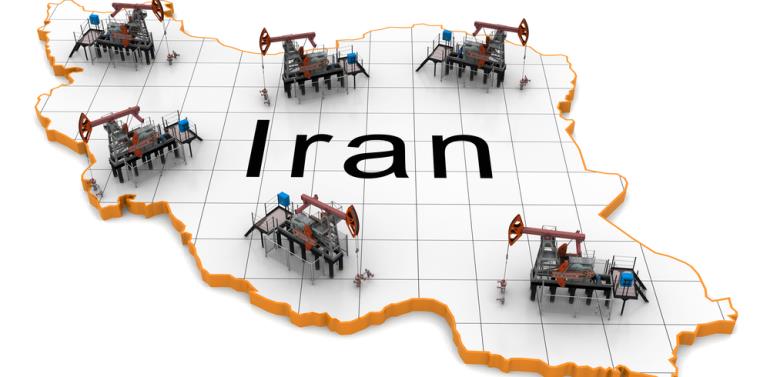International
Iran to benefit the most from greater integration in South Asia, says GI Survey

Iran stands to gain the most from the growing integration of commodity-related trades within South Asia (India-Pakistan-Iran), according to 34 per cent of respondents to a Gulf Intelligence Industry Survey of 250 energy professionals operating in the Middle East.
The lifting of sanctions on Iran on January 17 will have a far-reaching impact on both political and energy dynamics within South Asia and the wider Silk Road, which stretches from Beijing to Lagos. Iran is highly ambitious about its plans to utilize its vast oil and gas resources, with the Oil Minister Bijan Namdar Zangeneh saying the country can bring as much as 1 million barrels a day of oil to the global market by the end of 2016. The announcements reveal Tehran’s confidence in their growing energy network within South Asia and the Gulf countries, although 500,000 barrels a day of oil is a more likely target. Iran still needs significant investments to improve its energy infrastructure after years of sanctions.
Iran is especially keen to leverage its position as the owner of the world’s second largest gas reserves, which includes the giant South Pars field. A sanctions-free Iran means the oft-delayed plans to build a 2,700km gas pipeline stretching from the South Pars field, through Pakistan to India’s New Delhi may gain traction this year. The historic China-Iran trade relationship is also regaining momentum following the lifting of sanctions, with the two countries signing a 10-year deal on January 24 to boost bilateral trade worth up to $600 billion.
India (16 per cent) and Pakistan (12 per cent) will also benefit from greater integration in South Asia. India’s recent fiscal reforms have lifted direct foreign investment ceilings in key sectors – defense, insurance and transportation – and inflation, interest rate and current account deficits have reduced. With revenues also expanding, energy investors are increasingly taking note of India’s potential and hopes of becoming a refining superpower by 2025. India’s economic growth – distinguishing it from fellow BRIC members; Brazil, Russia and China – illustrates the country’s ability to take advantage of Iran’s energy offerings this year, if the often turbulent politics with Pakistan allow.
Iran’s economy, along with other major gas producers like Qatar, will likely take a hit from lower gas prices in 2016. Investments in new capacity projects, coal-fired power plants switching to gas in the US and China, plus the EU saying – yet again – it will diversify from Russia’s supply are unlikely to generate enough price support, 69 per cent of respondents to the GI Industry Survey said. It is still unclear whether a sanctions-free Iran will adopt long-term gas sales pricing formulas, or revert to its preference for an annual price reopener – a condition that has dissuaded investors and stymied previous contract discussions.
Meanwhile, oil prices continue to hover around $30/bl, putting considerable fiscal pressure on energy companies and governments and triggering redundancies worldwide. Half (51 per cent) of the respondents to the GI Industry Survey said oil prices are unlikely to rise above an average of $40/bl this year, while nearly a third of respondents (28 per cent) cited $30/bl.
-

 News2 months ago
News2 months agoKitchenomiKs Secures Investment of US$3.2M Led by Jasoor Ventures
-

 Banking & Finance2 months ago
Banking & Finance2 months agoOman Arab Bank Highlights Its Ongoing Strategic Initiatives and Future Plans
-

 Energy2 months ago
Energy2 months agoWLGA Middle East LPG Summit & Expo 2025 to be held at OCEC on November 10 and 11
-

 Real Estate2 months ago
Real Estate2 months agoAl Mouj Muscat Unveils Azura Beach Residences Phase 2: A New Chapter in Waterfront Living
-

 Leaders Speak1 month ago
Leaders Speak1 month agoDhofar International Development and Investment Company: Driving Sustainable Growth and Strategic Synergies in Oman’s Investment Landscape
-

 Events1 month ago
Events1 month agoOER Corporate Excellence Awards 2025 Honours Entities and Innovations in Oman
-

 Economy1 month ago
Economy1 month agoMaal Card: What Oman’s New National Payment Card Means for Everyday Users
-

 OER Magazines2 months ago
OER Magazines2 months agoOER, October 25































You must be logged in to post a comment Login